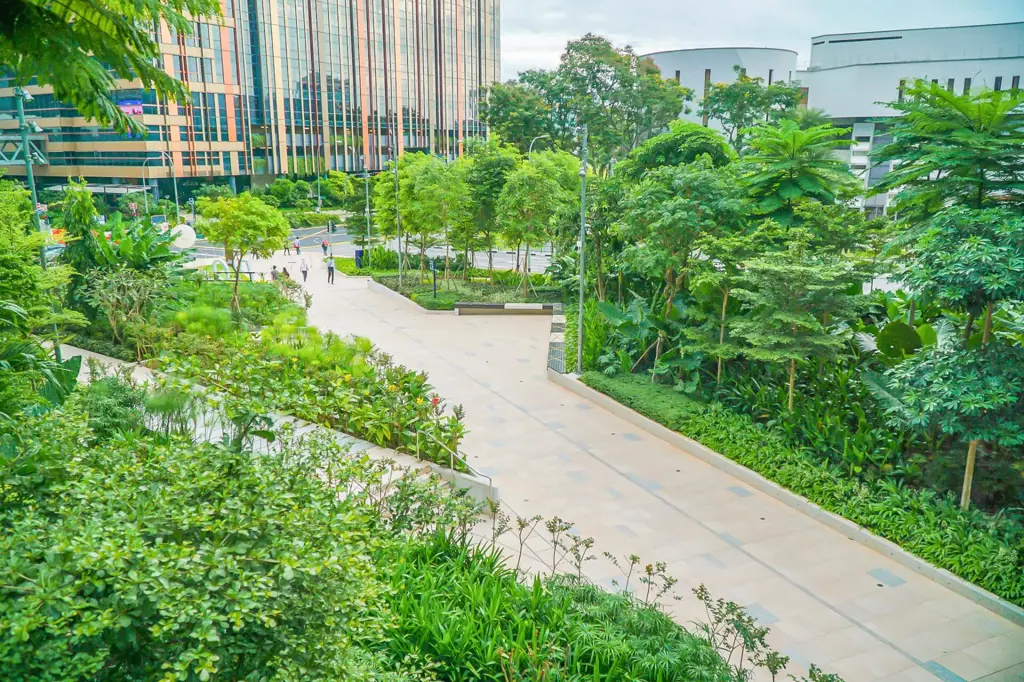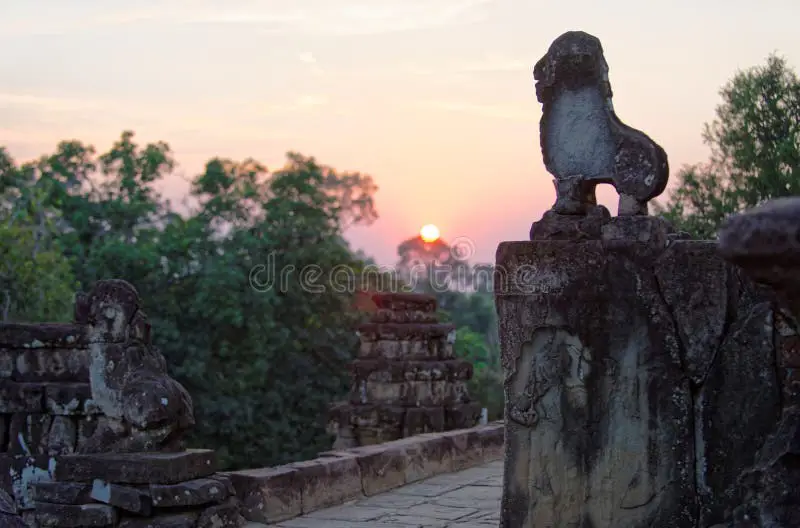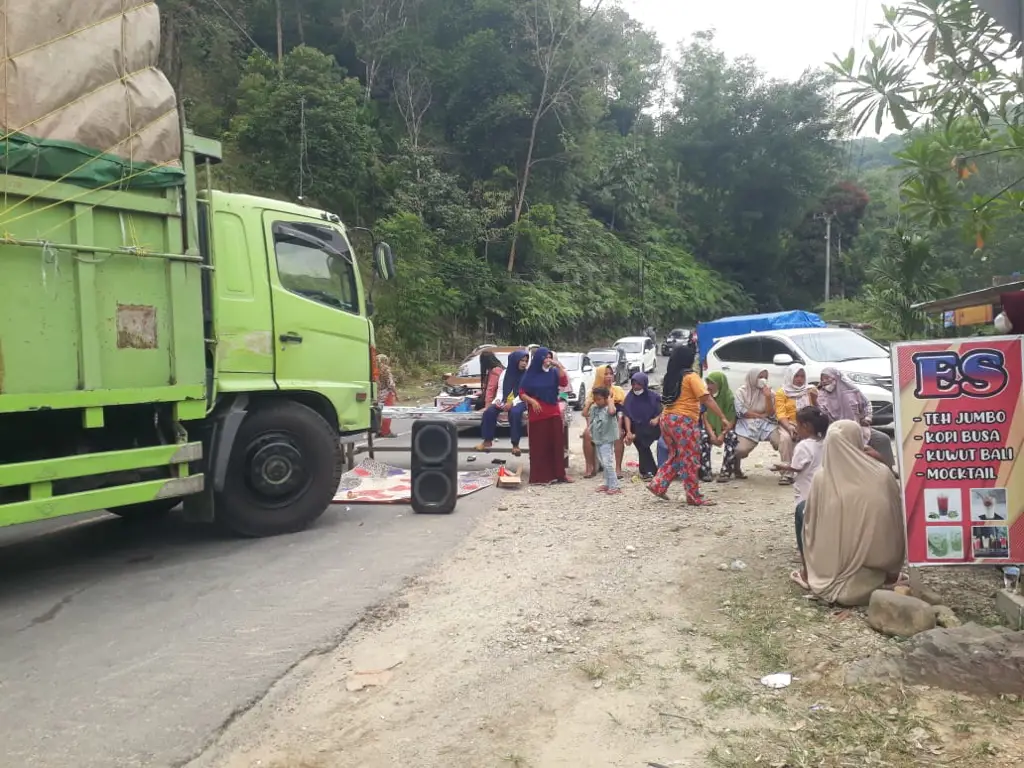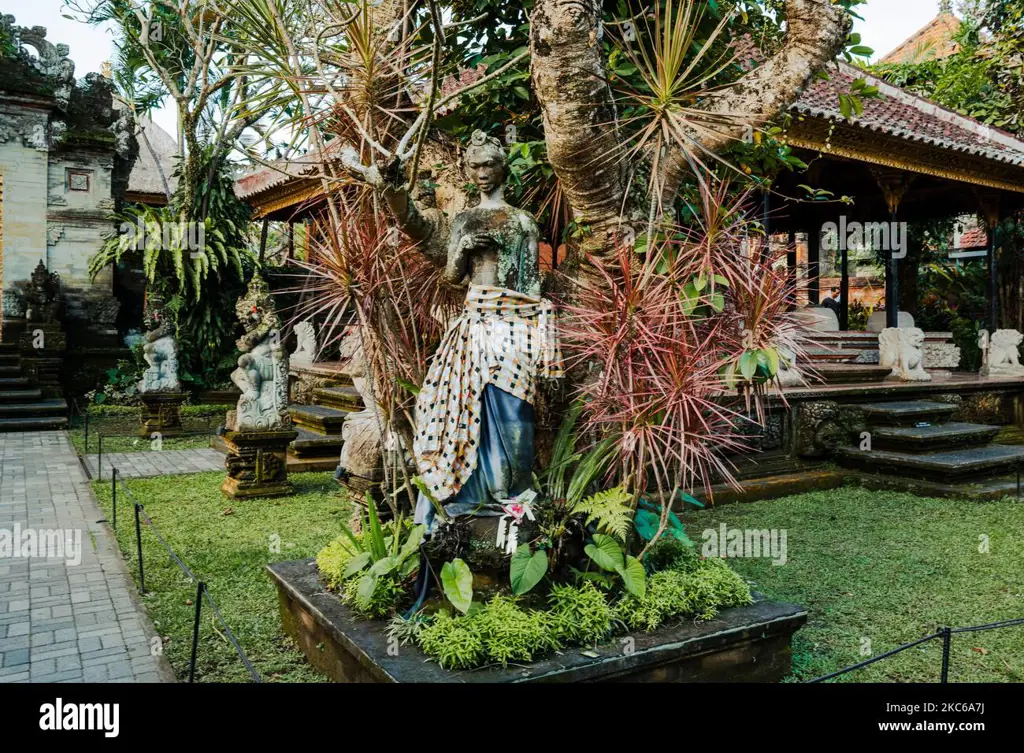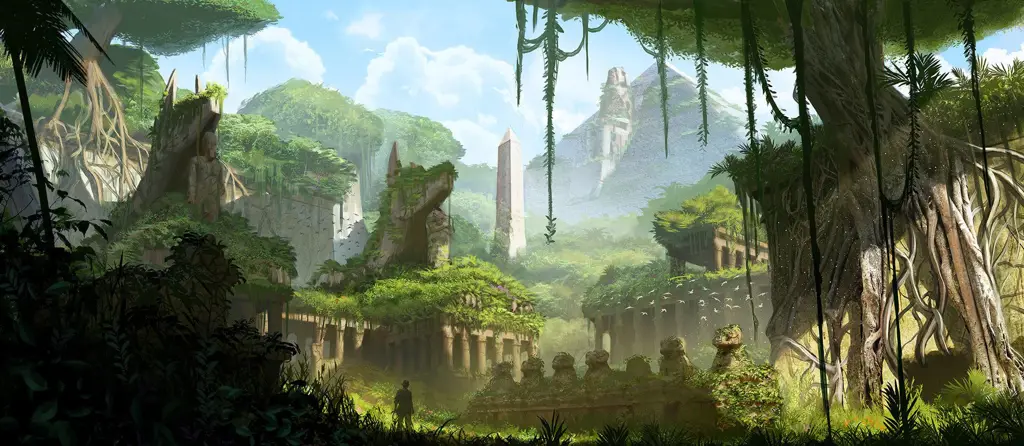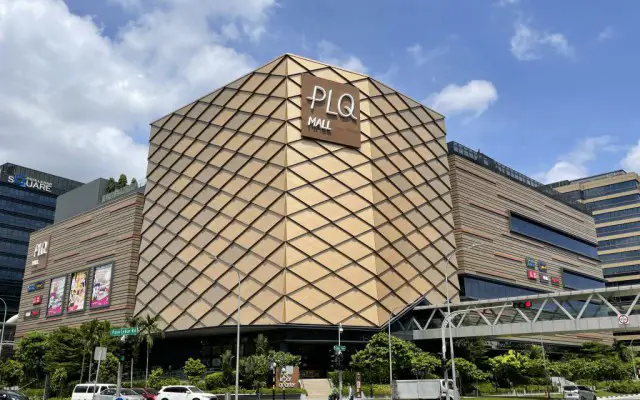Paya Lebar, a name that resonates with both modernity and history in the vibrant tapestry of Singapore, offers a compelling narrative of urban transformation. It's a place where towering skyscrapers stand alongside echoes of a bygone era, where bustling commercial centers coexist peacefully with tranquil green spaces. This detailed exploration delves into the heart of Paya Lebar, tracing its evolution from a rural backwater to a dynamic hub of commerce and residential living, while highlighting its unique blend of modern amenities and cultural heritage.
The story of Paya Lebar is intrinsically linked to Singapore's remarkable journey of economic and infrastructural development. Its metamorphosis from a largely agricultural area to a thriving urban center is a testament to careful urban planning, strategic investment, and a deep understanding of the delicate balance between progress and the preservation of cultural identity. This transformation, however, wasn't a sudden shift but a meticulously planned evolution spanning decades, shaped by the foresight of urban planners, the vision of investors, and the resilience of its communities.
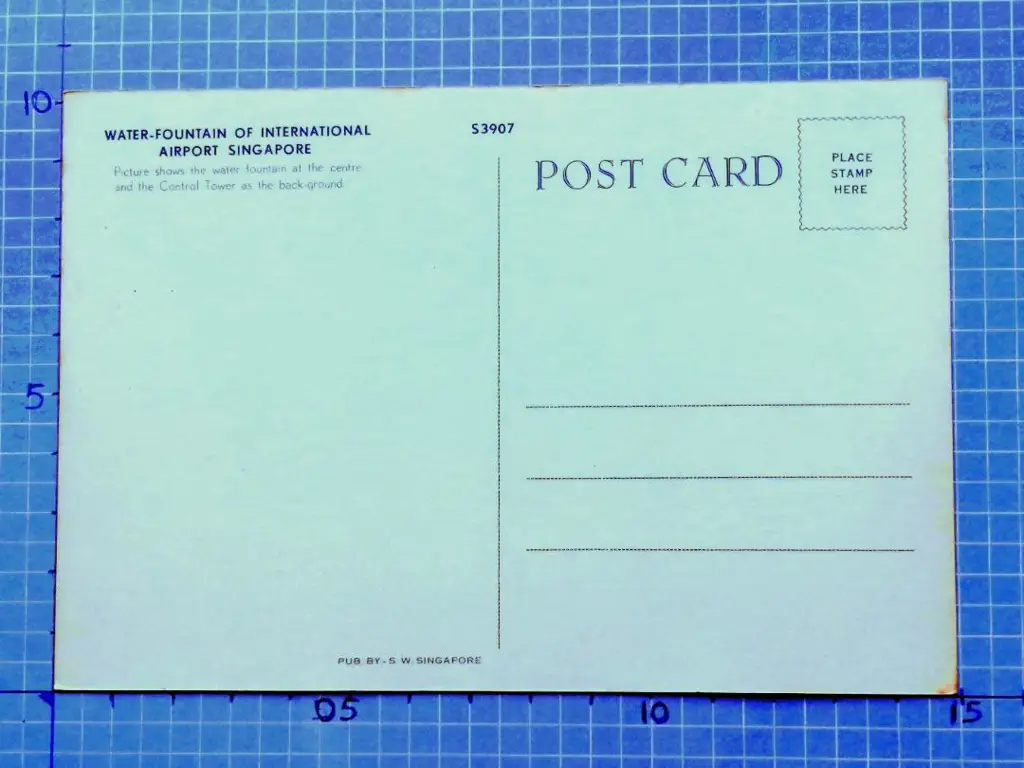
Before the concrete and glass skyscrapers defined its skyline, Paya Lebar was a predominantly rural area. Lush paddy fields stretched as far as the eye could see, and the gentle flow of the Serangoon River provided lifeblood to the local communities. The traditional kampongs (villages) dotted the landscape, their inhabitants primarily engaged in farming, fishing, and other agrarian activities. The name "Paya Lebar," meaning "wide swamp" in Malay, accurately reflected the area's original geographical characteristics: a sprawling wetland teeming with diverse flora and fauna.
The very essence of Paya Lebar's history is woven into the fabric of its name, a reminder of the region's origins as a vast, watery expanse. The Serangoon River, a significant waterway that meanders through the area, played a crucial role in shaping its early development. It served as a vital transportation route, connecting the local communities to other parts of Singapore and fostering trade and interaction. The river also provided a rich source of sustenance, supporting fishing and other related livelihoods. The rich biodiversity of the swamp ecosystem, now largely transformed, once supported a diverse range of wildlife and sustained local communities for generations. Imagine the vibrant ecosystem, teeming with life, that existed before the modern developments. The sounds of nature, the sights of abundant wildlife, and the smells of the fertile land would have been drastically different from the urban landscape we see today.
However, the forces of progress eventually reshaped Paya Lebar's identity. As Singapore experienced rapid economic growth and urbanization, the demand for land and infrastructure increased exponentially. The transformation of Paya Lebar from a rural area to a modern urban center wasn't without its complexities. It involved careful planning, strategic investment, and the relocation of some communities, all conducted with an eye toward preserving the area's historical and cultural significance. This transition wasn't a haphazard process but a carefully managed evolution, reflecting Singapore's commitment to balanced development.
The Masterplan: Shaping Paya Lebar's Modern Identity
The transformation of Paya Lebar into a thriving urban center wasn't a haphazard process; it was a meticulously planned endeavor, guided by foresight and a comprehensive understanding of the area's potential. The Singapore government played a critical role in this transformation, investing heavily in infrastructure development, transportation improvements, and the creation of public spaces that would make Paya Lebar an attractive location for both businesses and residents. The masterplan involved not only physical infrastructure but also social and environmental considerations, aiming to create a sustainable and vibrant community.
One of the most significant catalysts for Paya Lebar's growth was the development of its transportation network. The construction of the Paya Lebar MRT station, a crucial component of Singapore's extensive mass rapid transit system, significantly enhanced connectivity to other parts of the island. This strategic move made Paya Lebar easily accessible, attracting businesses seeking strategic locations and residents seeking easy commutes. The improved accessibility was a crucial factor in attracting both businesses and residential communities, stimulating economic activity and population growth.
The development of Paya Lebar wasn't solely focused on infrastructure. The careful integration of green spaces, parks, and recreational areas was a key element of the overall urban planning strategy. This ensured that Paya Lebar's transformation wouldn't come at the expense of its natural environment. The integration of these green spaces enhances the quality of life for residents and promotes a sustainable urban environment. These green lungs offer residents a welcome respite from the city's hustle and bustle, providing spaces for relaxation and recreation, and contributing to a healthier community.
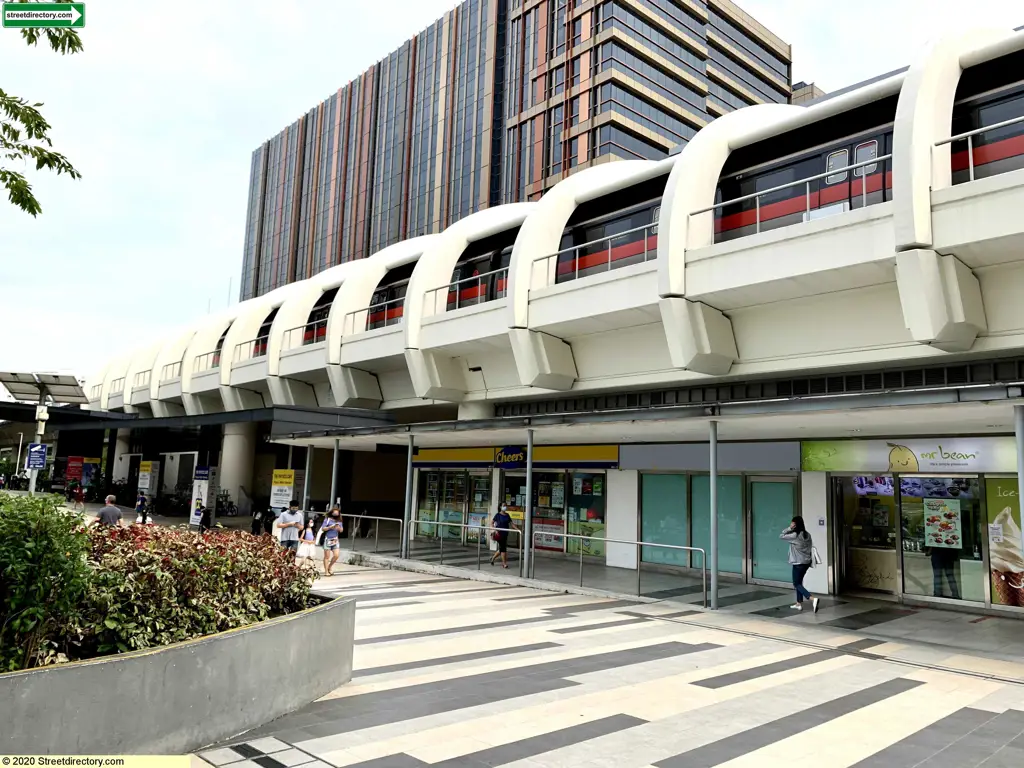
The construction of modern office buildings, shopping malls, and residential complexes further shaped Paya Lebar's evolving skyline. These developments not only provided much-needed space for businesses and residents but also generated employment opportunities and contributed significantly to the local economy. The variety of developments ensured a diverse and dynamic community, catering to different needs and lifestyles.
Furthermore, the creation of community spaces and facilities demonstrated the government's commitment to fostering a strong sense of community among residents. The inclusion of community centers, libraries, recreational areas, and other public amenities aimed at strengthening social bonds and improving the overall quality of life for residents. These initiatives aimed to create a vibrant and inclusive environment where residents felt a strong sense of belonging and social connection.
A Tapestry of Modernity and Tradition: Paya Lebar Today
Today, Paya Lebar stands as a testament to successful urban planning, a place where modernity and tradition coexist harmoniously. The area is a dynamic hub, seamlessly blending the convenience of a modern urban center with the charm of its historical roots. It's a place where the energy of bustling commercial districts intertwines with the tranquility of serene green spaces, creating a unique and captivating urban landscape.
The impressive infrastructure, including its easily accessible MRT station and well-connected road networks, ensures effortless connectivity to all parts of Singapore. This accessibility is a major draw for businesses, making Paya Lebar an attractive location for a wide range of industries. The presence of these businesses creates diverse employment opportunities, further enriching the community and fostering economic growth.
The retail scene in Paya Lebar is equally vibrant, with several large shopping malls offering a diverse range of products, services, and entertainment options. These malls are not merely commercial spaces but also serve as social hubs, bringing together residents and visitors alike. The diverse culinary scene, reflecting Singapore's multicultural heritage, adds to the vibrancy and cosmopolitan atmosphere. From hawker centers offering local delicacies to upscale restaurants serving international cuisine, there's something to satisfy every palate.
However, Paya Lebar is more than just a commercial and residential center; it also prioritizes the well-being of its residents. The abundance of green spaces, parks, and recreational facilities provides much-needed opportunities for relaxation and recreation. These green oases offer a much-needed escape from the daily urban grind, promoting physical and mental well-being and creating a more sustainable and livable environment. These green spaces also provide vital ecological benefits, supporting biodiversity and improving air quality.
The commitment to pedestrian-friendly walkways and cycling paths reflects the city's focus on sustainable and healthy lifestyles. This commitment creates a more livable environment, encouraging residents to embrace active and eco-friendly transportation options, reducing reliance on private vehicles and contributing to a more sustainable urban landscape.
Preserving Heritage in a Modern Setting: The Cultural Heart of Paya Lebar
Despite the rapid transformation, Paya Lebar hasn't forgotten its roots. The area retains a strong sense of its history and cultural heritage. Efforts have been made to preserve historical landmarks, integrate cultural elements into the urban design, and celebrate the stories of the older generation who witnessed the area's evolution. This integration of history and modernity is one of Paya Lebar's most distinctive features, creating a unique sense of place and identity.
The incorporation of historical elements in the urban design, such as incorporating historical narratives into public art installations or preserving certain historical structures, serves as a reminder of the past and contributes to the area's rich cultural tapestry. These efforts not only serve as a tribute to the past but also as a way to connect the present generation with its roots. This conscious effort to preserve historical memory creates a stronger sense of community identity and fosters a deeper appreciation for the area's unique history and cultural heritage.
The multicultural nature of Paya Lebar's community further adds to its vibrant cultural scene. The area is home to a diverse population, creating a rich mix of cultures and traditions. This diversity is reflected in the wide range of culinary options available, the celebration of various cultural festivals, and the overall atmosphere of tolerance and inclusion. This multiculturalism is not just a demographic feature; it's a vibrant aspect of Paya Lebar's character, contributing to its dynamic and cosmopolitan atmosphere.
In conclusion, Paya Lebar stands as a shining example of successful urban planning and sustainable development. Its journey from a rural area to a thriving urban center is a testament to strategic vision, careful execution, and a deep respect for both progress and heritage. It's a place where modernity and tradition intertwine seamlessly, creating a dynamic and captivating destination that offers a unique and enriching experience for both residents and visitors alike. The harmonious balance between the old and the new, between bustling commerce and tranquil green spaces, makes Paya Lebar a truly remarkable place, a model for sustainable urban development.



